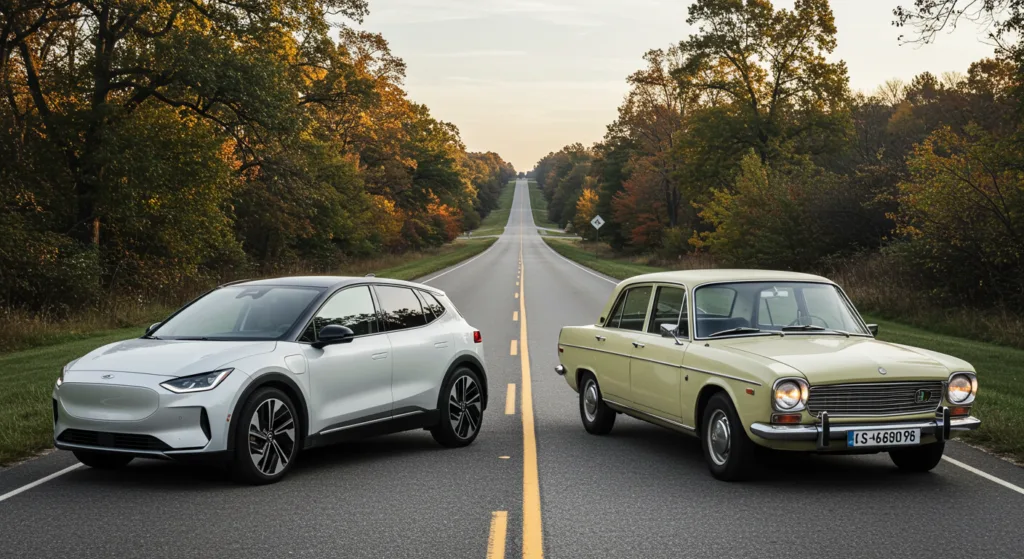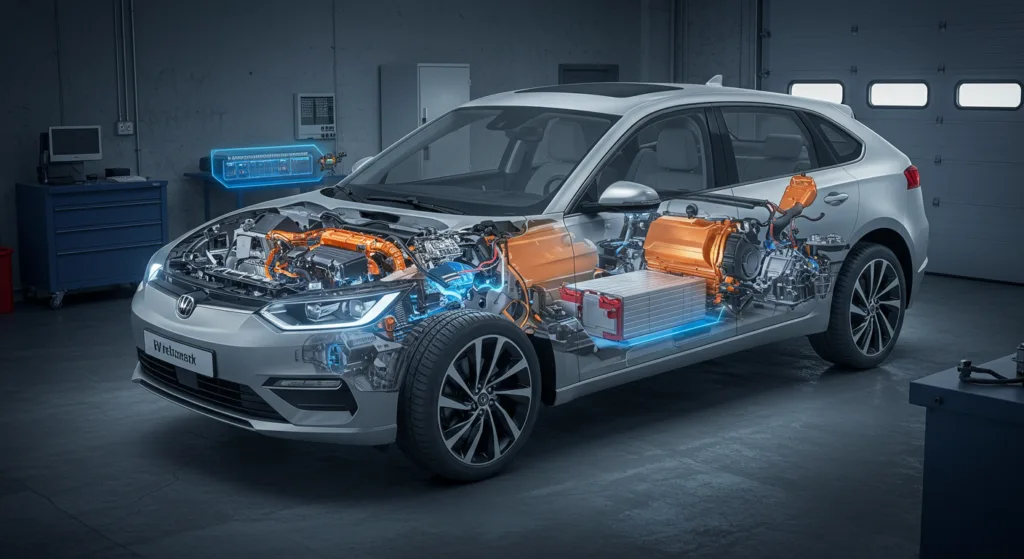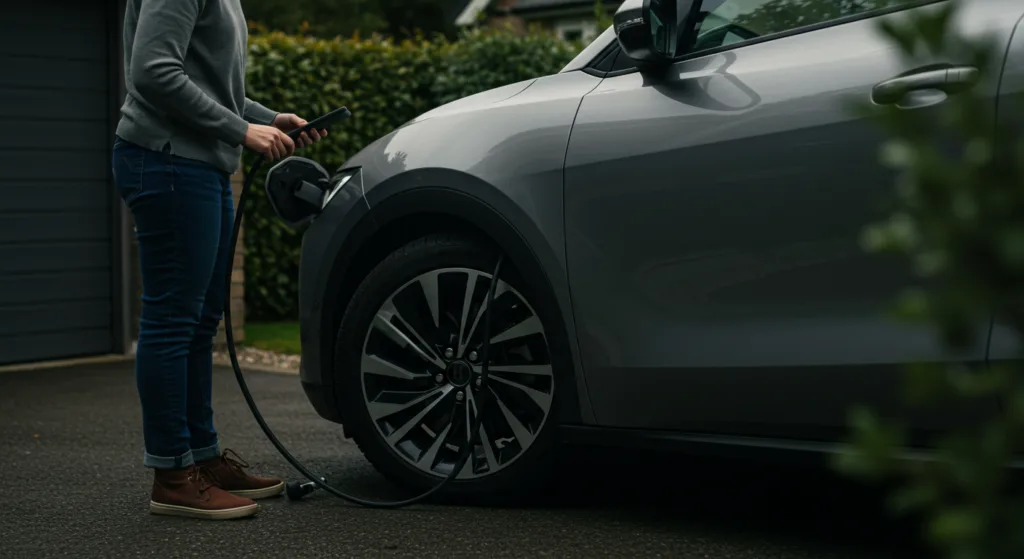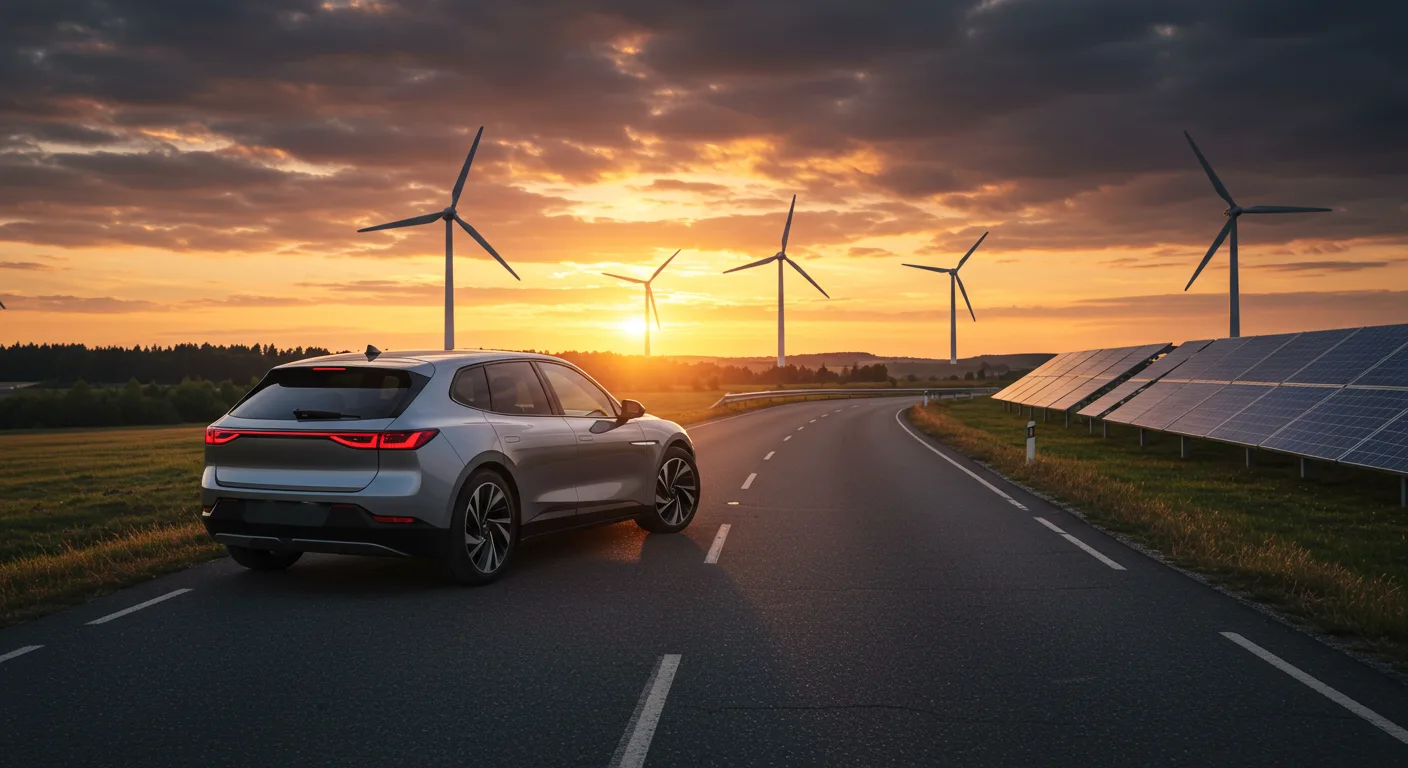1. How Long Do Electric Cars Last Compared to Gas-Powered Cars?

When considering a transition into an electric vehicle (EV), one’s mind often goes straight into asking: “Will a gasoline car last as long as an electric car?” The short response is: yes—and generally, much longer.
Traditional gasoline cars will generally last 150,000 to 200,000 miles if properly maintained. Electric vehicles, as they generally have fewer moving components, are becoming incredibly long-lasting. According to latest figures released from the U.S. Department of Energy, as well as automakers that produce electric vehicles, most newer electric vehicles are designed for a minimum of 200,000 miles, with some lasting as much as 300,000 miles.
For instance, Tesla states that its electric powertrains and batteries will last for between 15 and 20 years, or between 300,000 to 500,000 miles at typical driving conditions. That is significantly better than ICE, which will start demanding expensive repairs or replacement after 150,000 miles.
Another area where there’s a huge distinction is with regenerative braking, which reduces wear on brake components. Brakes on gasoline cars typically need a serious rebuild every 30,000 to 70,000 miles, but EVs will often hit 100,000 miles before needing major brake work.
So, not only are electric cars competing with gasoline cars-they’re lasting longer than gasoline cars, especially if you count maintenance as well as system longevity.
2. What Factors Affect the Lifespan of an Electric Vehicle (EV)?

Although EVs possess a theoretical lifetime, their actual lifetime is actually defined by a few important factors. These factors will aid buyers in making a well-informed choice and maintain their EV on the road for a number of years.
Battery Degradation and Health
An electric vehicle’s battery pack is its crucial heart. Like all lithium-ion batteries, batteries on electric vehicles lose capacity as they age, diminishing a trip’s range. On average, according to a Geotab report, batteries on electric vehicles lose 2.3% per annum. That means a 250-mile car when new would lose approximately 25 miles after 5 years.
That degradation, though, is not linear across all vehicles. The Tesla Model S, for instance, retains over 90% capacity at 200,000 miles, based on crowd-sourced data. Hyundai and Kia also offer incrementally degrading batteries with 8-year, 100,000-mile warranties, a sign that batteries will last well.
Climate and Charging Habits
Severe heat, especially, accelerates battery wear. Owners living in warm areas, for example, areas around Arizona or the UAE, will lose capacity faster if the vehicle is exposed repeatedly to heat with inadequate heat control.
Charging patterns also come into play. Excessive rapid charging with a charge level above 80% accelerates battery wear and tear. Most experts recommend maintaining a 20-80% charge level for daily drive, with rapid charging reserved for emergency situations.
Quality Construction and Software Update
Because they are software-reliant, vehicles from manufacturers that implement over-the-road (OTA) updates on a routine basis (like Rivian and Tesla) will hold up better. These updates can increase fuel economy, introduce additional features, and even extend battery life.
Driving conditions
Stop-and-go city riding can also benefit electric vehicles because regenerative braking makes up for part of the energy. On the other hand, constant highway riding at high speeds can wear down batteries with age, especially for less well-insulated cars.
3. Can You Extend the Life of Your Electric Car? Tips and Best Practices

Yes, here’s the best part: you can definitely extend your EV’s lifetime if you have the right habits. Here’s how you can keep your electric car as good as new for years:
1. Adhere to Smart Charging Practices
Don’t charge to 100% daily if you don’t have to for a long road trip. Keeping your battery at 20–80% reduces stress and balances its useful life. Don’t overuse Level 3 DC rapid charging either—convenient but can warm your battery up and accelerate degradability.
2. Park in Shade or Air-Controlled Garages
Lithium-ion batteries have a serious enemy: heat. Park your electric car inside a garage or a shade if you can, especially during summer. Most newer electric cars have heat-management systems integrated into their design—make sure they’re turned on and properly maintained.
3. Use Scheduled Charging
Most electric vehicles will let you schedule a charging routine. Charging at night at a moderate rate keeps heat out and uses off-peak electricity prices—saving your battery and your money.
4. Maintain Software Current and Perform Routine Upgrades
Just as your phone, your EV sometimes also needs software upgrades to stay optimized. Do not brush aside system update alerts—many include battery improvement features and performance improvements.
5. Keep tires inflated correctly
Low tires lose efficiency and put extra strain on your drivetrain. Tire maintenance on your part will increase range and extend your suspension and brake system’s lifetime.
6. Drive Smoothly
Hard accelerating and aggressive driving not only decrease your range but also wear out your tires, battery, and motors at a faster rate. Smooth, moderate driving maintains overall car well-being.
7. Monitor Battery Health Over Time
There are some software packages, such as TeslaFi or ABRP, which will give you a monitor on your battery range and health over time. Through monitoring, you can pick up warning signs for battery problems or degradation.
It’s essential to understand a car’s lifespan if you’re on the hunt for a new car and looking at converting to an electric car. With fewer components moving around, less money spent on maintenance, and batteries comfortably exceeding 200,000 miles, electric cars now make a solid long-term investment. With best practices such as careful charging, software updates, and climate-friendly storage, you can keep your electric car running for a long time, with optimal battery condition well into the future. If you’re driving a Tesla, Hyundai, or Nissan Leaf, a well-maintained electric car is designed to last—silently, cleanly, and efficiently.



